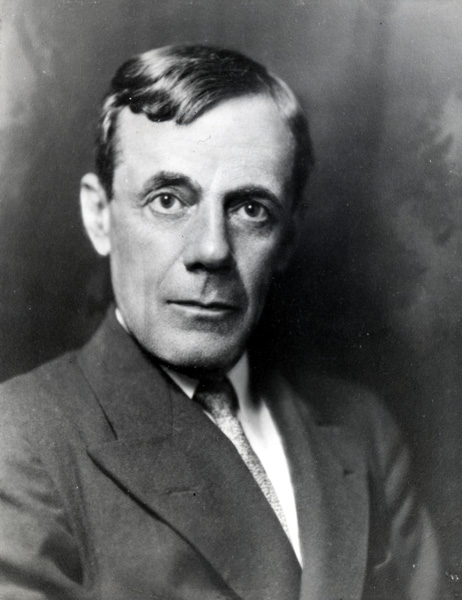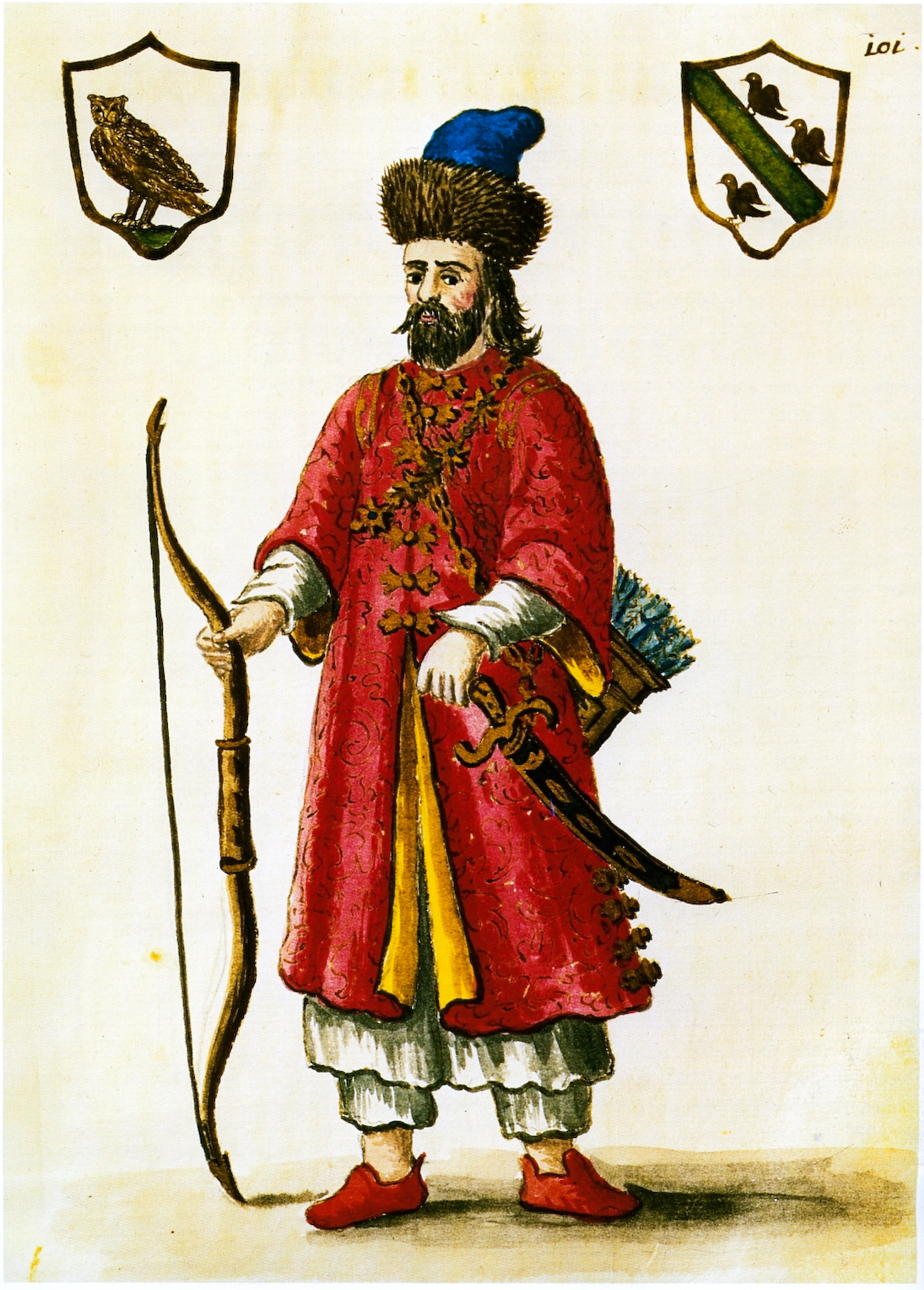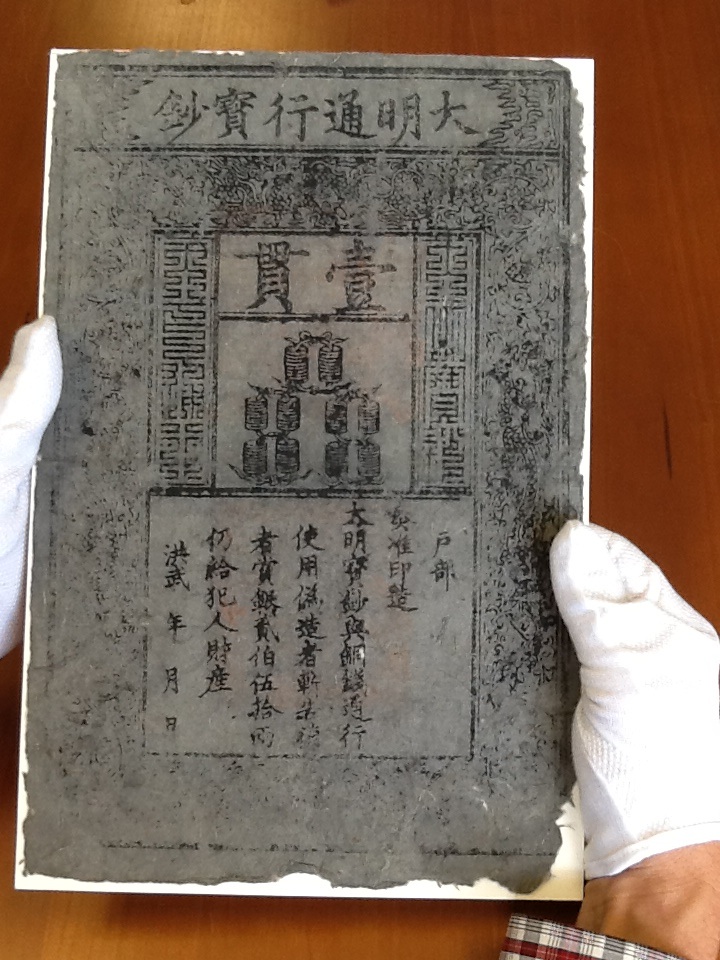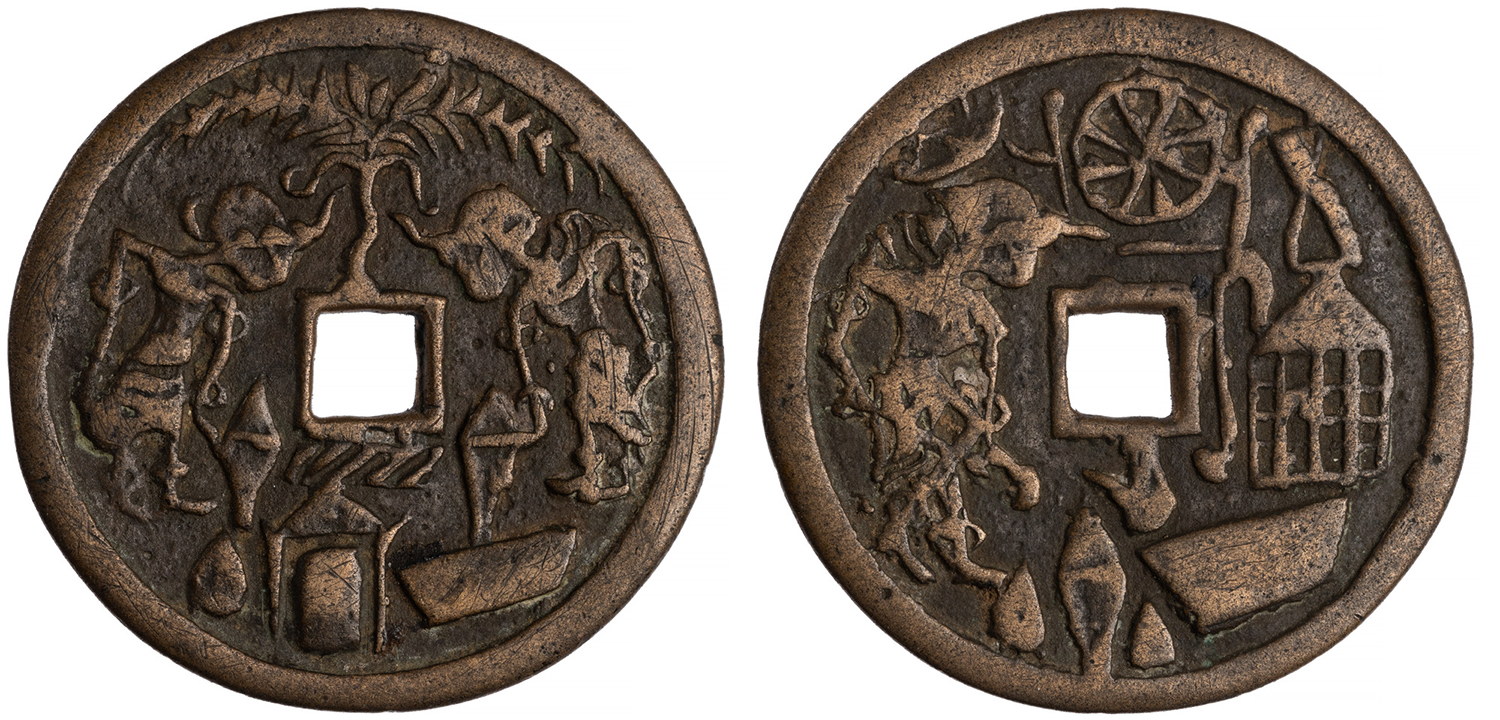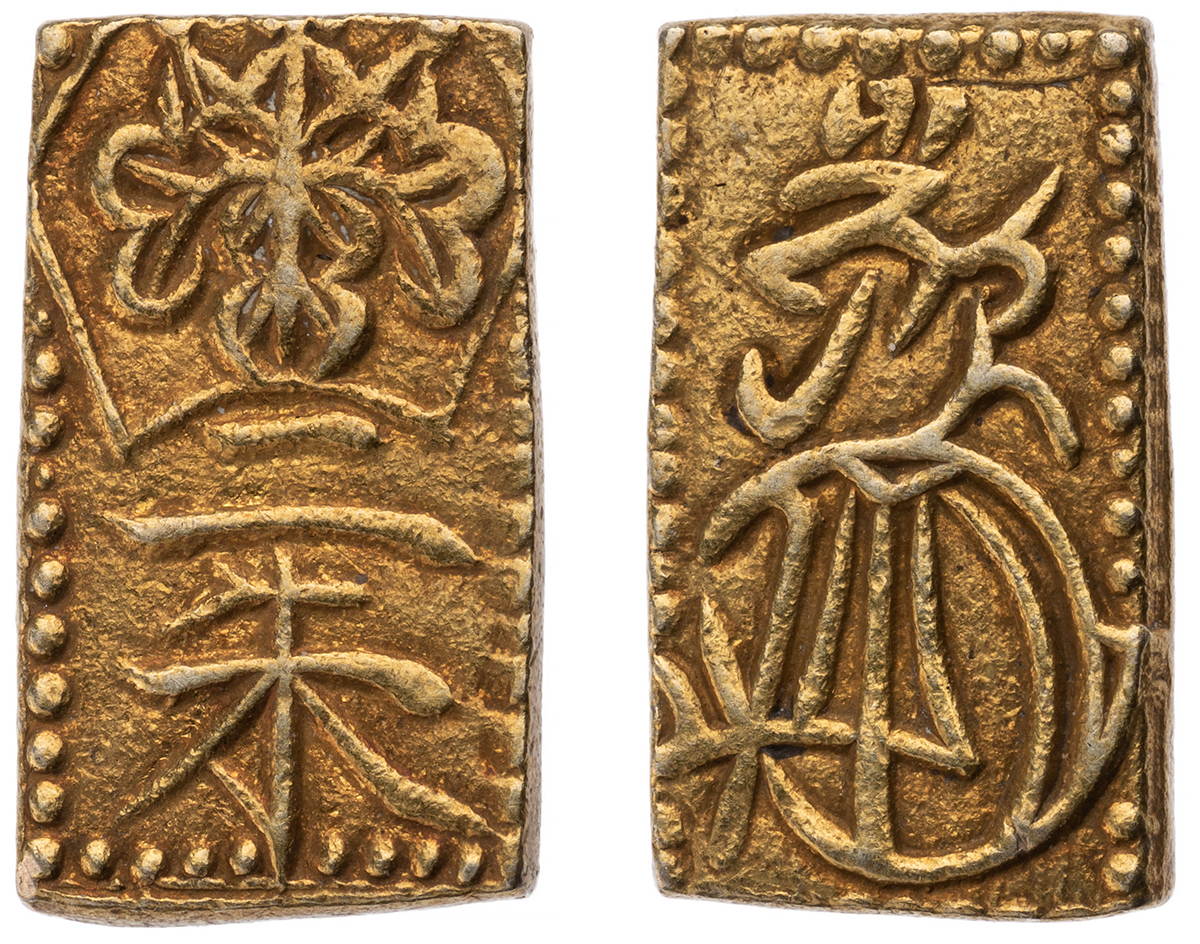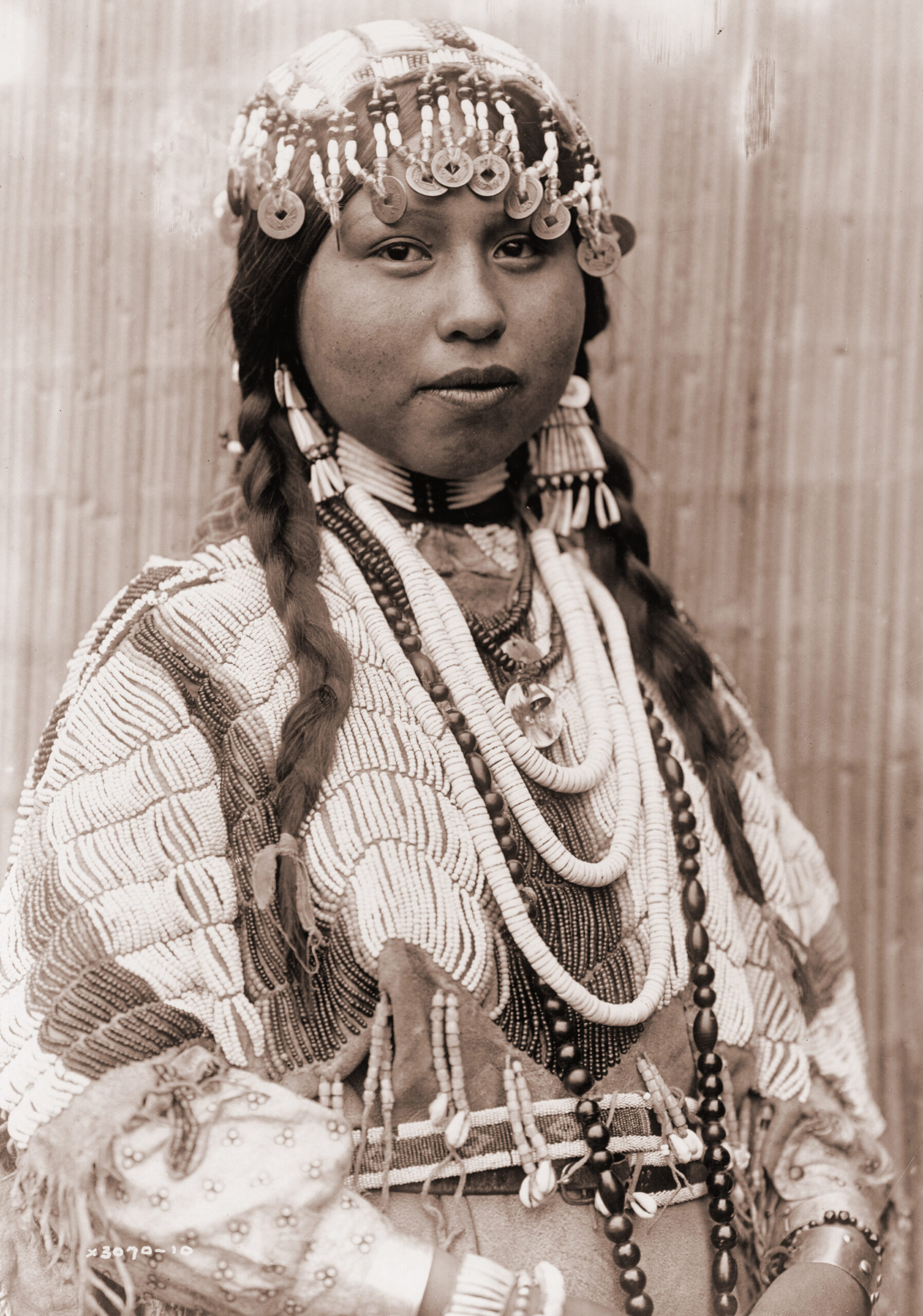The World’s Oldest Surviving Paper Money
In 1923, Dr. Richard Ehrenfeld of Vienna wrote to the Metropolitan Museum of Art to announce that he had in his possession the oldest bank note in existence, a one kwan (or guan) issue of the Ming dynasty from about the year 1375, discovered in 1888 during the demolition of an old house in Beijing and acquired by his father, paper money collector Adolf Ehrenfeld. Richard had inherited the note and, suspecting that “European collectors or Museums nowadays have not the money to acquire so valuable an object,” he turned to America instead, looking to part with it “should a price approximate to the value of the note be offered me,” a figure he put at about fifty thousand dollars (roughly one million dollars today).
The Met passed Ehrenfeld’s letter on to the ANS, which left curator Howland Wood to deliver the bad news. His father’s note was not worth fifty thousand dollars. It was worth five dollars. Wood knew this because he had sold fourteen of them himself for that price. There were many others in New York alone, Wood told him, including several in the collections of the ANS.
The problem for Mr. Ehrenfeld, as Wood explained, was that his treasured item was not as rare as it once had been. In 1900, some European soldiers, who had been sent to China to restore peace during the Boxer Rebellion but who were instead ransacking the imperial Summer Palace, discovered a large quantity of these notes under an overturned statue of Buddha. (An entire bale of one kwan Ming dynasty notes would be discovered in 1936, hidden in an old wall outside of Beijing.) Ehrenfeld was right about one thing. Well, almost: with very few exceptions, these are the oldest examples of paper money known to have survived.
The Chinese not only invented paper, they invented paper money during the reign of emperor Chen Tsung (998-1022 AD). Examples predating the Ming notes are rarely encountered and are limited to fragments, modern facsimiles made from brass plates recovered in excavations, and a few notes reportedly held in museums. In 1988, Bank Note Reporter announced the discovery of two notes dating from 1265, one at the Hermitage Museum in Saint Petersburg and the other illustrated in a book published by the Inner Mongolia Numismatic Research Institute. These notes date from the period just before the arrival of Marco Polo at the court of the Mongol emperor Kublai Khan. Polo was fascinated by the “coinage of this paper-money,” describing it as a kind of alchemy, mulberry bark transformed into paper having the same value as gold and silver.
Of course it doesn’t matter that no one then or now would pay fifty thousand dollars for Ehrenfeld’s note. It is a great thrill just to be able to hold one of these historical artifacts.
The first thing you notice is the size (22.5 cm x 33.5 cm), which is close to a standard sheet of U.S. office paper. The mulberry paper is thick and textured with the characters and symbols printed in black and then overprinted with vermilion seals, which are only faintly visible in the photo above. At the center of this “Great Ming General Circulation Treasure Note” is a pictorial presentation of the denomination in the form of ten strings of 100 cash (= 1000 cash = 1 kwan). Those able to read the inscriptions can tell you that the issuers were not content with a simple “In God We Trust.” Instead they made sure to include a warning to those thinking about making unauthorized copies. It reads, in part, “the counterfeiter shall summarily be decapitated.” Although Howland Wood did not purchase Ehrenfeld’s note, the ANS at present has five examples of this historical Chinese paper money.
For more, see the highly informative “Ancient Chinese Cash Notes – The World’s First Paper Money,” part 1 and part 2, by John Sandrock at the Currency Collector website.
Update: For more on ancient Chinese notes, see this follow-up post.


